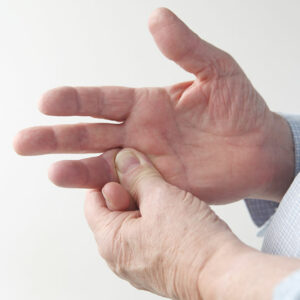6 mistakes to avoid while using trash bags at home

Managing household waste is a daily chore that must be taken seriously to maintain hygiene and optimal house health. But sometimes, something as mundane as misusing trash bags can cause more damage than one would think. It is essential to make appropriate decisions when purchasing trash bags and discarding waste on a personal level and in terms of potential wider impacts. Here are some common mistakes to avoid when using trash bags at home.
Not buying the correct type of trash bag
Medical waste, recyclables, biodegradable waste, hazardous materials, etc., have a color code for trash bags for proper waste segregation. Not separating waste can lead to harmful chemicals leaking into the soil, causing land and water pollution or even spreading disease. When waste is segregated, disposed of, and managed correctly, it helps recycle non-biodegradable waste, and only biodegradable waste is disposed of in the natural environment. Ensuring that all garbage is put in suitable bags can help waste management companies efficiently dispose of the waste.
Not securing the bag to the rim of the trash can
Sometimes, the trash bag can slip off the rim of the dustbin and fall into it, causing leaks and spills, and then there’s time wasted cleaning up the mess. To avoid such a situation, ensure that the mouth of the trash bag never leaves the rim by using simple, inexpensive techniques. Buying trash bags that fit the trash can is one way to go. If that is not possible, the other options are a quick knot at the corner of the trash bag to make it fit, binder clips to hold them in place, heavy-duty rubber bands, command hooks to secure the trash bags, using magnets on the rim (if the trash can is made of metal), or using adhesive dots to secure the trash bag.
Overfilling the trash bag
Overfilling a trash bag can cause it to tear, make a mess in the dustbin, and spill waste while on its way to waste management. Overflowing waste can spread odors, cause air pollution, and even respiratory diseases.
Not using compostable bags
Compostable trash bags are a wise choice to reduce the impact of plastic usage on the environment. Since they are an essential part of a kitchen’s day-to-day working, making an environmentally conscious choice to dispose of biodegradable waste can be a good decision. Choosing compostable bags decreases the plastic footprint and is important in reducing plastic waste.
Not double bagging
Sometimes, trash like hard plastics, glass, or metal can tear through the trash bag and possibly injure waste disposal personnel. Double bagging ensures the waste is secured in the trash bag without tearing through.
Choosing cheap options
One must prefer quality over quantity when buying trash bags. Buying cheap trash bags might be a good way to save money, but will not pay off in the long run. Cheap trash bags can easily tear and spill garbage, causing one to constantly clean up the trash cans to avoid smells, odors, and decomposing garbage from attracting pests and rodents. One might also have to double or even triple-bag trash on most days to avoid tearing and spills since the cheaper options might not be sturdy enough to withhold an average amount of trash.



